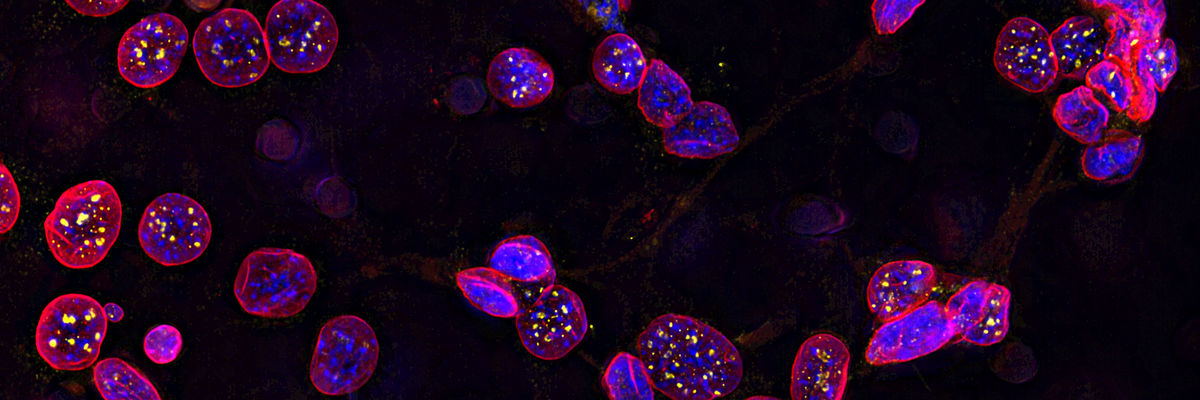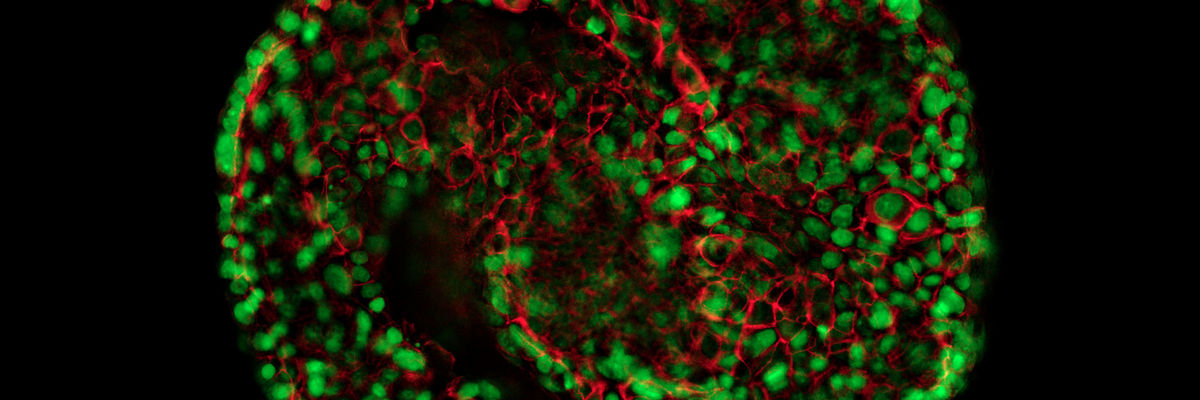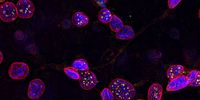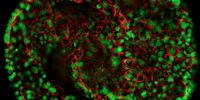Key benefits
Experience the key benefits of imaging live specimens by capturing sharp, uniformly illuminated images of large-volume specimens over extended periods of time. Benefit from easy sample mounting, protocol maintenance, and on-the-fly experimental adjustments for flexibility and convenience. Our offerings include stand-alone solutions and integration with confocal microscopes for fast and gentle volumetric imaging.
Push the boundaries of research with reliable, precise and versatile light sheet microscopy solutions from Leica Microsystems to study developing embryos, spheroids, organoids or other delicate samples.







